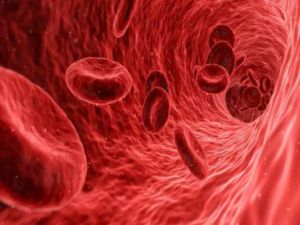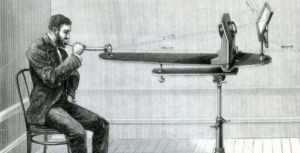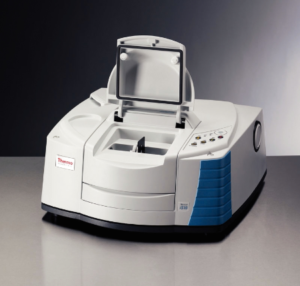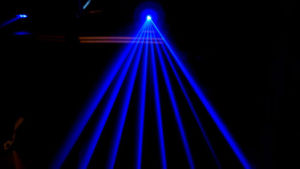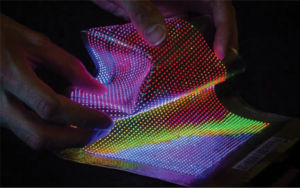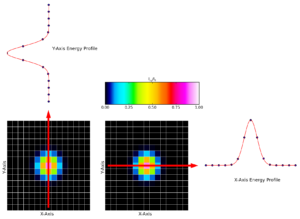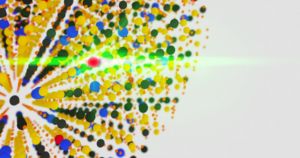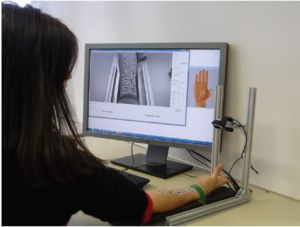FindLight Blog » Findlightopedia » Page 24 of 38
Laser Doppler Flowmetry: Measuring Blood Flow with Light
In 1842, Johann Doppler delivered his paper on Doppler effect to Royal Bohemian Society. In his paper “On the Colored Light of Double Stars and Some Other Heavenly Bodies”, he arrived at the ...
Photoacoustic Communication: Using Light to Deliver Audible Messages
Introduction to the Photoacoustic Effect Alexander Graham Bell, a prolific inventor most celebrated for inventing the telephone, first observed the photoacoustic effect in 1880. Bell was experimenting with ...
FTIR: Fourier-Transform Infrared Spectroscopy Principles and Applications
Fourier-transform infrared spectroscopy (or FTIR, for short) is a method of exploring the physical properties of solids, liquids, and gases. More specifically, it allows the study of the absorptive and ...
Nitride Semiconductors: Diode Lasers for Visible and UV Light
Semiconductor lasers apart from silicon itself have dominated the LED industry because of their better efficiency in light emission. However, at first, most of such devices emitted light in the red to ...
Wearable Photonics: A Further Representation of Technology in Everyday Life
New Changes in the Hands of the Everyday Individual: Photonics in Wearable Technology With rapid advancements in common devices like phones and watches, technology has become more prominent in everyday ...
Beam Profiling Systems and Their Applications
Beam profiling systems are an essential technology to ensure the quality and uniformity of lasers. Beam profilers measure the optical spatial intensity of an input laser beam, providing information about ...
Lanthanide Nanoparticles for Medical Imaging and Therapy
Non-linear techniques in photonics have opened up new avenues for sensing and manipulating materials. In the 1960s, non-linear techniques were used to discover multiphoton absorption processes in ...
Bionic Limb Advancements with Fiber Optics and Light Detection
Introduction Bionic limbs exist in a number of books, movies, and TV shows. Science fiction fans will remember the Steve Austin’s Bionic Arm from his role in The Six Million Dollar Man. Even ...
Mirrors and the James Webb Space Telescope: Probing the Origins of the Universe
Work with Mirrors in Advanced Scientific Disciplines Many times when people think of mirrors they fail to think about their advanced scientific applications. However, telescopes and other devices contain ...
Optical Myography: Detecting Hand Posture by Looking at Forearm
Optical myography is a technique that visually inspects the human forearm to determine the hand posture. Hand posture is a communication element as important as the language itself. Human hand gesture ...

